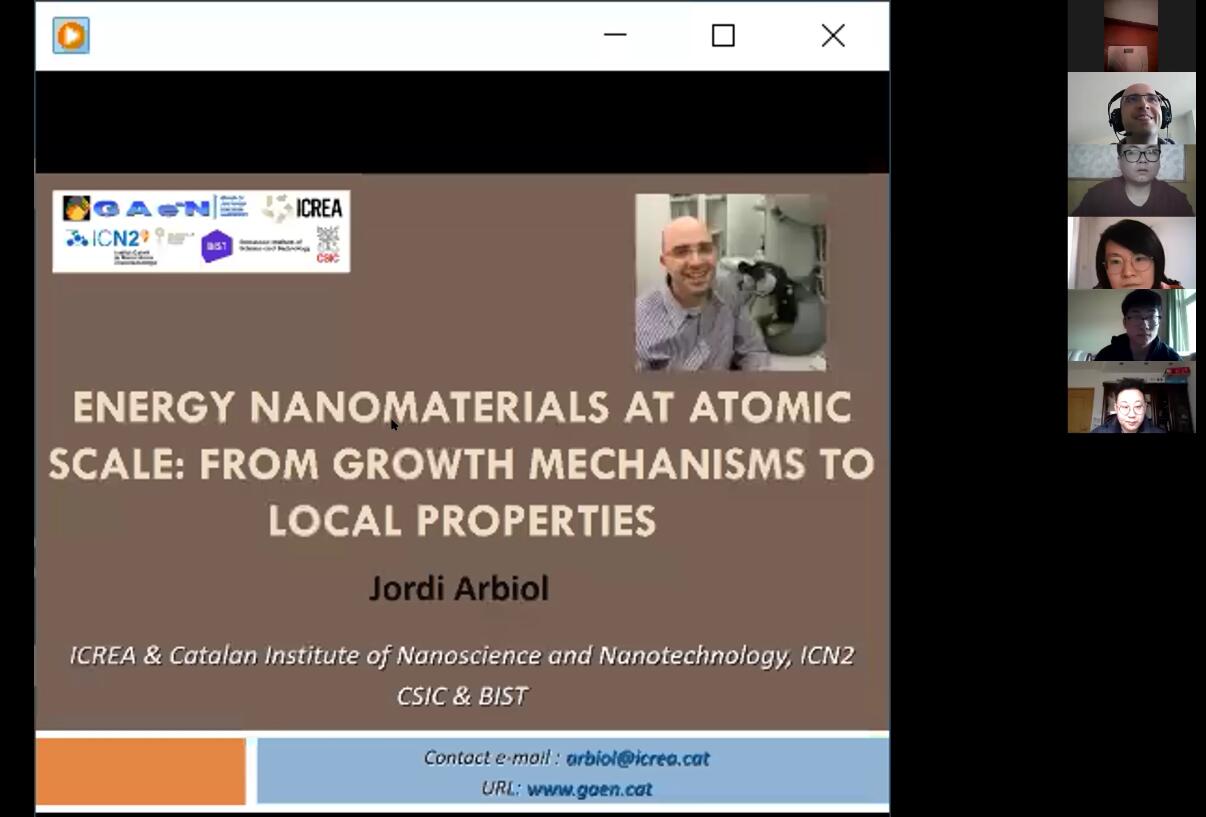
About ICEPAE 2020
2020 International Conference on Energy Power and Automation Engineering (ICEPAE 2020) was successfully taken place on April 10-12, 2020 online.
Keynote speaker 1:
A. Prof. Khaled Harby Mohamed
Minia University, Egypt
Title: Performance evaluation and enhancement of a solar powered adsorption refrigeration system with new adsorbent material
Abstarct: Refrigeration and air conditioning demands are widely increasing because of the dramatically increase in population and industries. Conventional vapor compression refrigeration cycle (VCRS) is the mainly used cycle in these applications due to its high thermal performance. These cycles consume a significant amount of electric energy and therefore cause environmental impacts. In addition, the working principle of these cycles depends mainly on refrigerants such as CFCs and HCFCs which increase the depletion of ozone layer and increase the global worming potential. Solar adsorption cooling technology gained wide attention recently. These systems can be driven by low grade heat sources such renewable energy or waste heat and use environmentally friendly refrigerants such as water. Performance of these systems depends critically on the used adsorbent materials (pairs). The use of suitable characteristics of the adsorbent pair leads to design of a compact adsorbent heat exchanger and improve the overall performance. In this study, characteristics of new adsorbent pair (HFC-417A/AquaSorb 2000) have been investigated experimentally and theoretically. The experimental data of adsorption uptakes and kinetics have been fitted with different adsorption models. The maximum uptake amount was found to be 0.69 kg of HFC-417A per kg of AquaSorb 2000 and the average isosteric heat was found to vary from 190 to 225 kJkg-1. Performance of an innovated solar powered adsorption refrigeration system using the proposed HFC-417A/AquaSorb 2000 pair is investigated and enhanced. Different operating modes are investigated to increase the system performance and the results are compared with those of traditional two-bed system. Results showed that an increase in system performance is obtained. The proposed adsorbent material proven to be a promising adsorbent pair for adsorption cooling systems.
Keynote speaker 2:
Prof. Jordi Arbiol
ICREA and Catalan Institute of Nanoscience and Nanotechnology (ICN2), Spain
Title: Energy Nanomaterials at atomic scale: from growth mechanisms to local properties
Abstract: Technology at the nanoscale has become one of the main challenges in science as new physical effects appear and can be modulated at will. Materials for spintronics, electronics, optoelectronics, sensing, energy applications and new generations of functionalized materials are taking advantage of the low dimensionality, improving their properties and opening a new range of applications. As developments in materials science are pushing to the size limits of physics and chemistry, there is a critical need for understanding the origin of these unique physical properties (optical and electronic) and relate them to the changes originated at the atomic scale, e.g.: linked to changes in (electronic) structure of the material. In the present work, I will show how combining advanced electron microscopy imaging with related spectroscopies in an aberration corrected STEM will allow us to probe the elemental composition and electronic structure simultaneously with the optical properties in unprecedented spatial detail.
The talk will focus on several examples in advanced nanomaterials for optical, plasmonic and energy applications. In this way the latest results obtained by my group on direct Visualizing and modeling materials at atomic scale will help to understand their growth mechanisms (sometimes complex) and also correlate their physical properties (electronic and photonic) at sub-nanometer with their atomic scale structure. The examples will cover a wide range of nanomaterials: quantum structures self-assembled in a nanowire: quantum wires (1D) and quantum dots (0D) and other complex nanowire-like morphologies for photonic and energy applications (quantum computing, single photon emitters, water splitting cells, batteries), nanomembranes and 2D sheets.

Group photo
